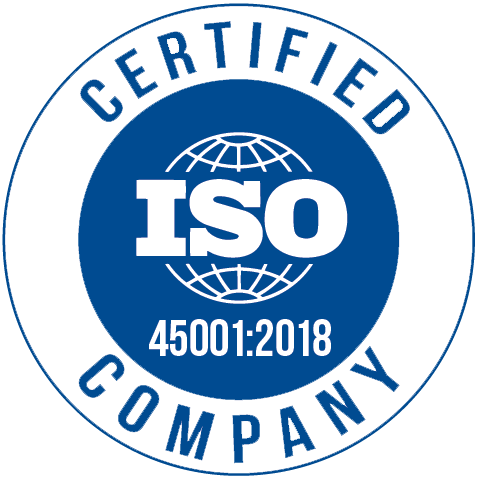SUV System is a company specializing in the sales of electronic components. Our company has offices in Hong Kong and
Shenzhen, and have our own product warehouse. We sell electronic components of well-known brands and we have cooperative
relations with domestic and national factories, holding agency certificates for many brands.
SUV System has strict standards and requirements for quality management and has obtained ESD, ISO9001ISO14001, ISO45001,
and ISO13485 quality management certifications. We have original and authentic products, fast delivery, stock, a 365-day
warranty, free testing before shipment, free testing samples, and other services to customers. Our goal has always been
to provide customers with the best electronic components.









